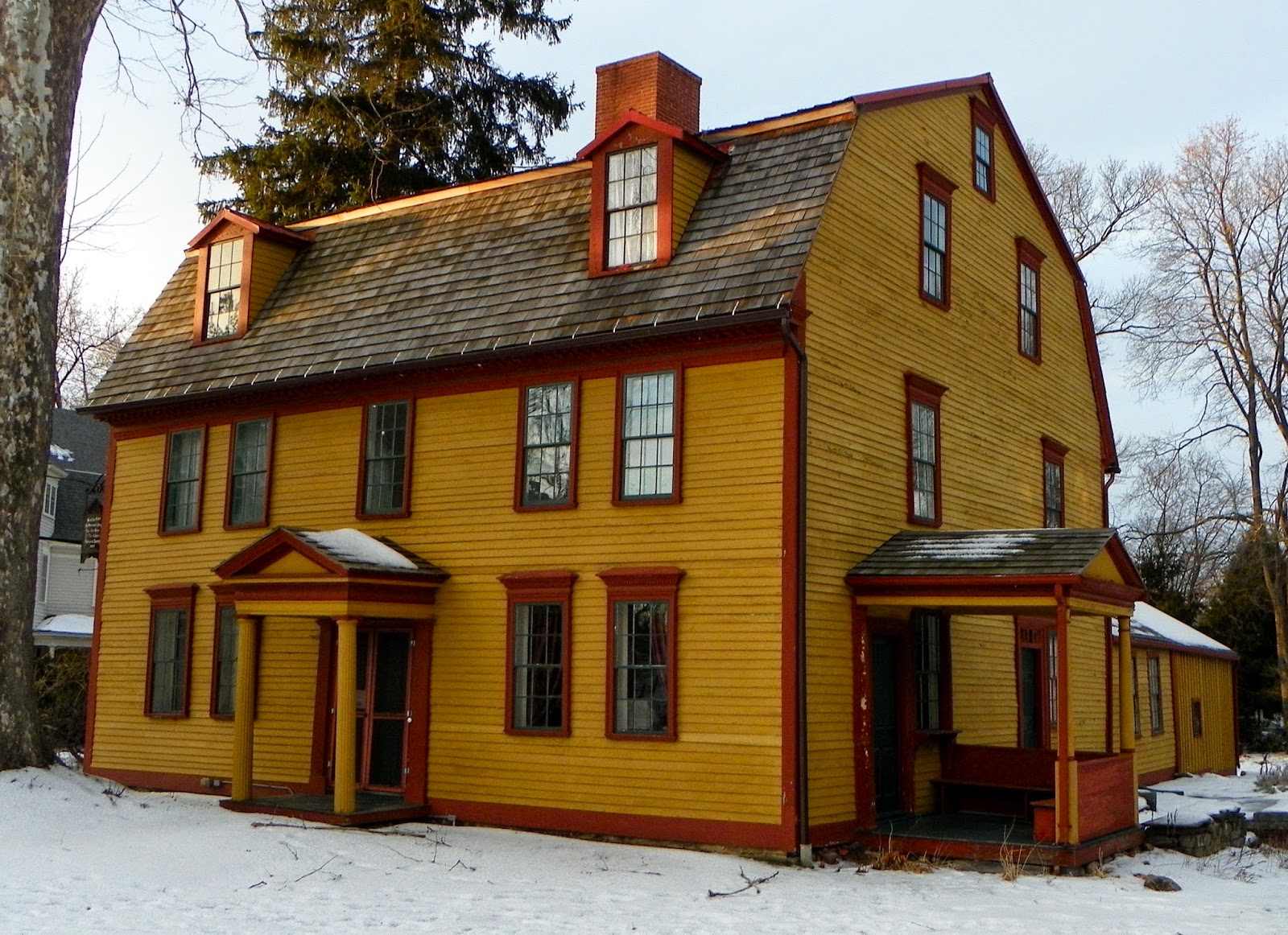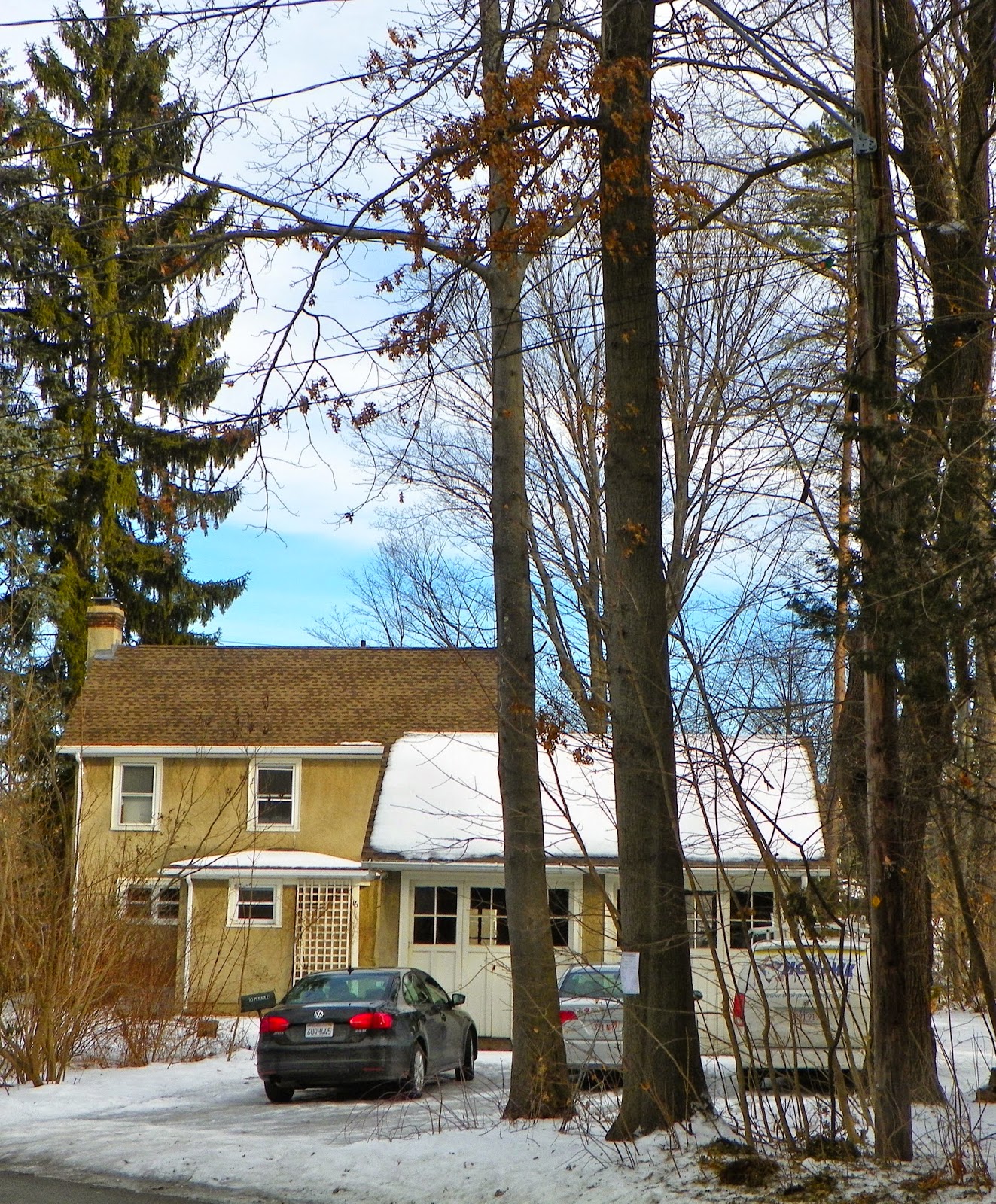As I
mentioned a few days ago, unlike UMass/Amherst or Amherst College, Hampshire (our little "alternative" college in South Amherst) pays nothing for emergency services provided by
Amherst
Fire
Department even though it is the third largest property owner in town.
Click to enlarge
Hampshire College also has the larges number of "still alarms" which are automated fire alarms typically answered by at least one, and sometimes two, fire engines. These responses are not paid for by insurance as the ambulance runs are.
AFD raw number breakdown of 5,914 total responses (2nd highest in history)
In 2014 AFD had
188 total responses to Hampshire College with
106 -- 56% of them -- for false fire alarms, usually "cooking smoke."
In 2014 AFD had
1127 total responses to UMass/Amherst with
208 -- 18.5% of them -- for false fire alarms.
In 2014 AFD had
251 total responses to Amherst College with
55 -- 22% of them -- for false fire alarms.
In 2014 AFD had
5914 total responses within the five communities they serve (Amherst, Leverett, Pelham, Shutesbury, Hadley) with
1,436 of them for fire related emergencies, or 24%. So the response profile of both UMass (18.5%) and Amherst College (22%) for medical vs fire comes in around average.
Unlike Hampshire College.
Hampshire College from on high
If Hampshire simply paid the town the same amount annually as Amherst College ($90,000) we could afford to add two firefighters to bolster our dangerously low staffing levels.
Last year AFD had to rely on out-of-town "mutual aid" ambulances 44 times. That too is insurance money that could have gone to increase staff, thus providing better, faster service to all.
Hey Hampshire: time to pony up! (And you may want to start teaching students how to cook.)












































